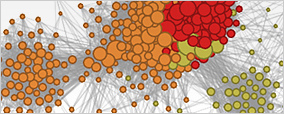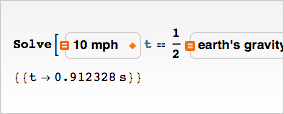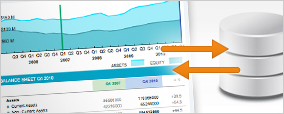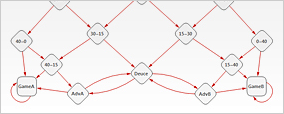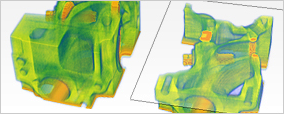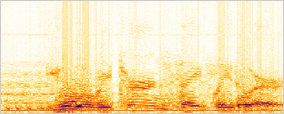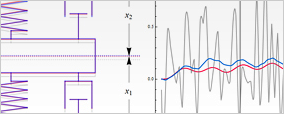What's New in Mathematica 9
Mathematica 9 adds major new areas—further expanding Mathematica's unrivaled base of algorithmic, knowledge, and interface capabilities.
Introducing the Wolfram Predictive InterfaceOptimizing your workflow by predicting what you'll want to do next |
|
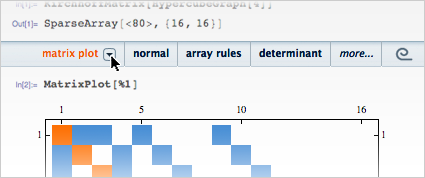
|
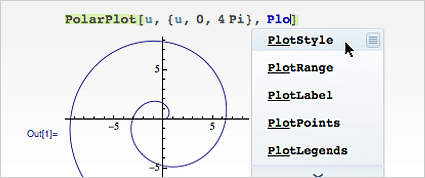
|
Next-Computation Suggestions Bar |
Context-Sensitive Input AssistantIntelligent autocompletion and highlighting for functions, options, and other elements of Mathematica, integrated with Mathematica's unrivaled documentation system.» |
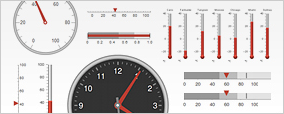
|

|

|
Expanded Visualization and ControlsHighly customizable interactive gauges for dashboards and controls, systemwide support for automatic legends for plots and charts, and new specialized visualization for signal processing. New Import and Export FormatsExtensive support for new data formats in areas such as molecular biology, high dynamic range image processing, and chemical spectroscopy.» |
Full Range of Web Access SupportFull client-side web access for exchanging data with remote servers and for interacting with web APIs. Asynchronous connection for AJAX-style programming.» |
Newly Designed Slide Show TemplatesUpdated look for slide shows with new style templates and support for background images.»Other New Improvements
|
Questions? Comments? Contact a Wolfram expert »
